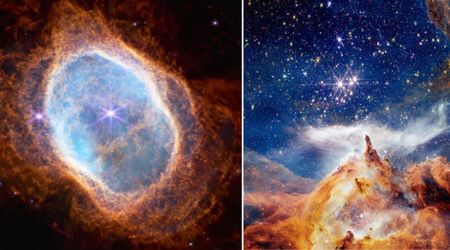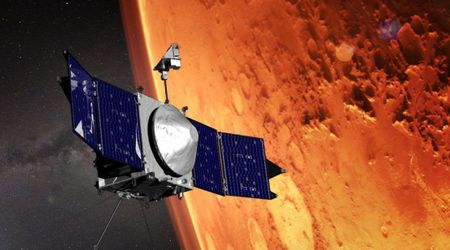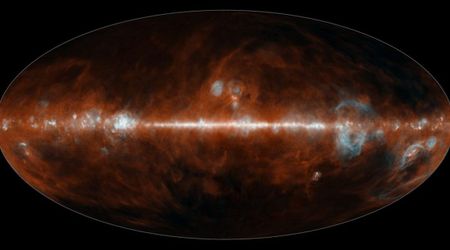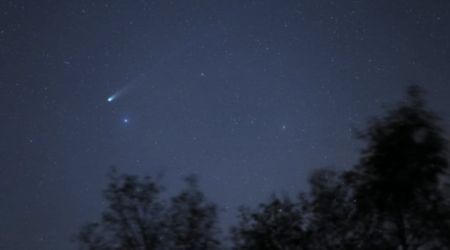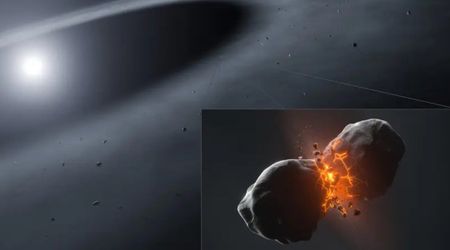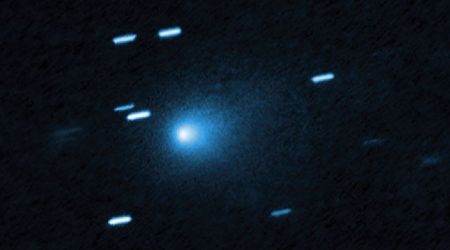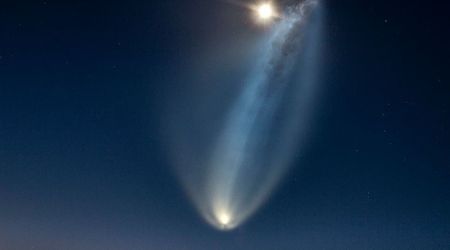NASA's James Webb delivers first-ever detection of life's 'building blocks' in ice outside our galaxy

A groundbreaking discovery, made possible by the James Webb Space Telescope (JWST), suggests that the chemical precursors to life may be far more widespread in the cosmos than previously thought. Astronomers have identified a diverse array of complex organic molecules (COMs), the so-called "building blocks of life," frozen in ice around a star in the Large Magellanic Cloud (LMC), our closest galactic neighbor, according to the University of Maryland.
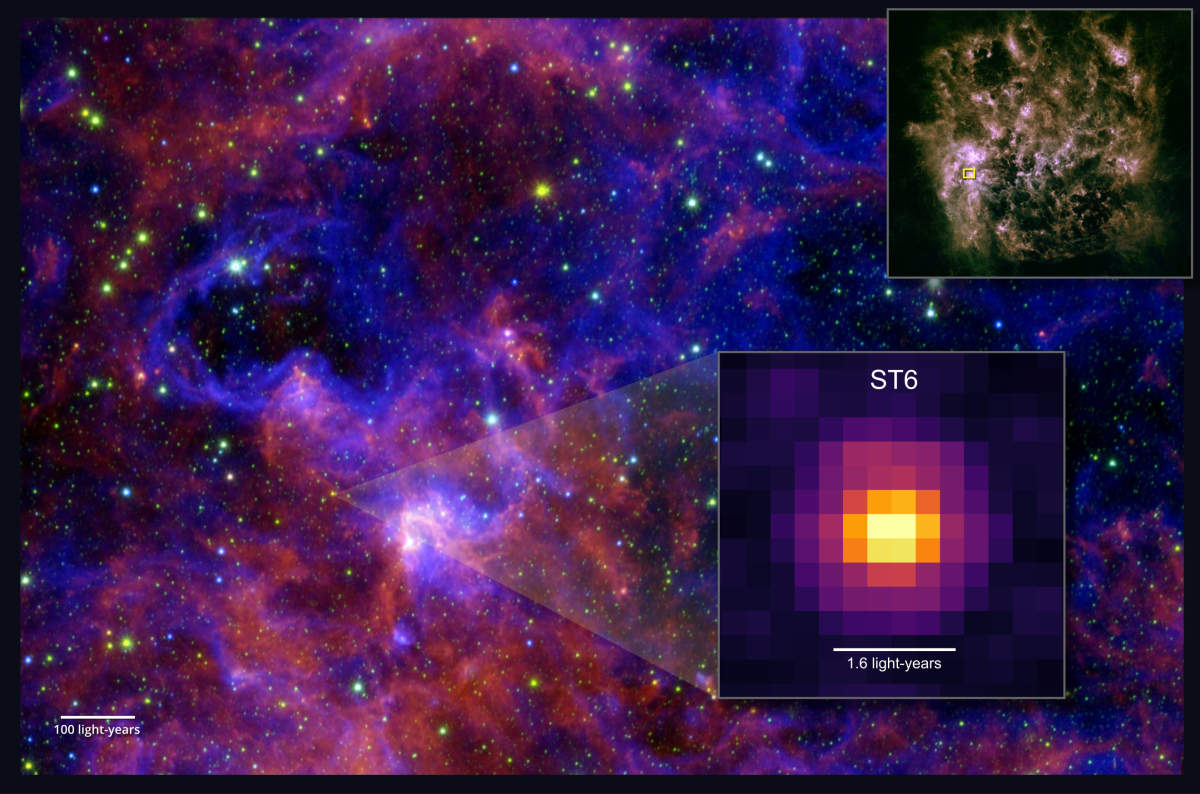
The findings, detailed in the Astrophysical Journal Letters on October 20, 2025, by a team led by University of Maryland and NASA research scientist Marta Sewilo, mark the first detection of these compounds in ices outside of the Milky Way.
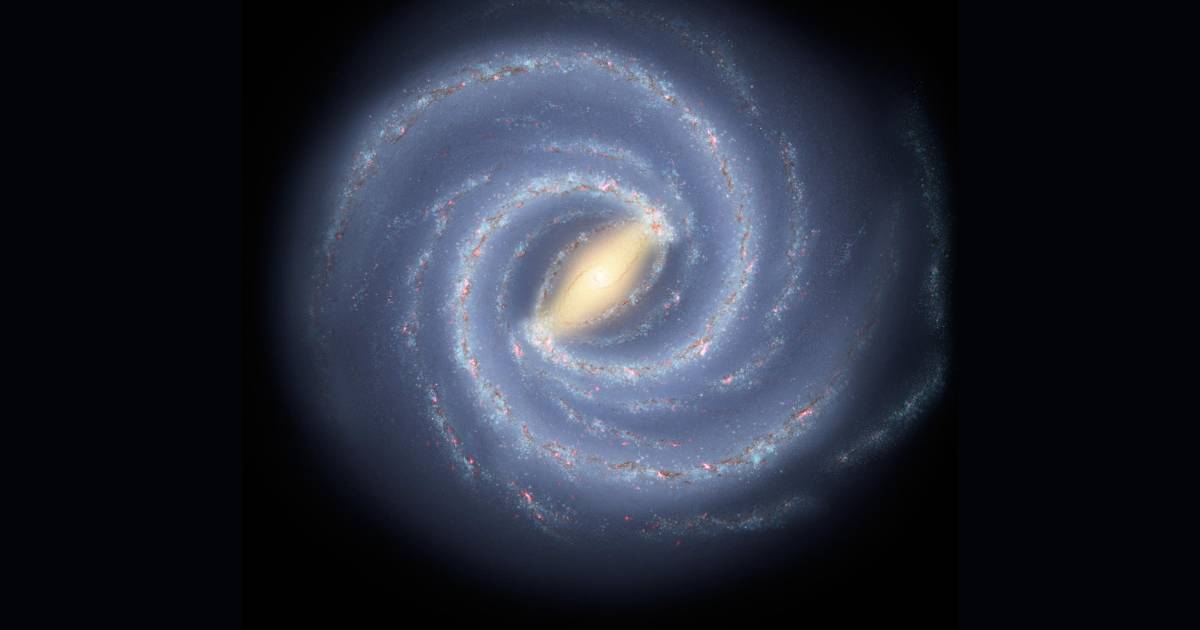
Employing the JWST's highly sensitive Mid-Infrared Instrument (MIRI), the research team centered their investigation on the young protostar designated ST6. This focused effort led to the conclusive identification of five distinct carbon-based compounds embedded within the surrounding interstellar ice. Interestingly, many of these molecules are already familiar components of terrestrial chemistry, including methanol and ethanol (common alcohols), methyl formate and acetaldehyde (typically utilized as industrial chemicals), and acetic acid, which is the primary ingredient in vinegar.
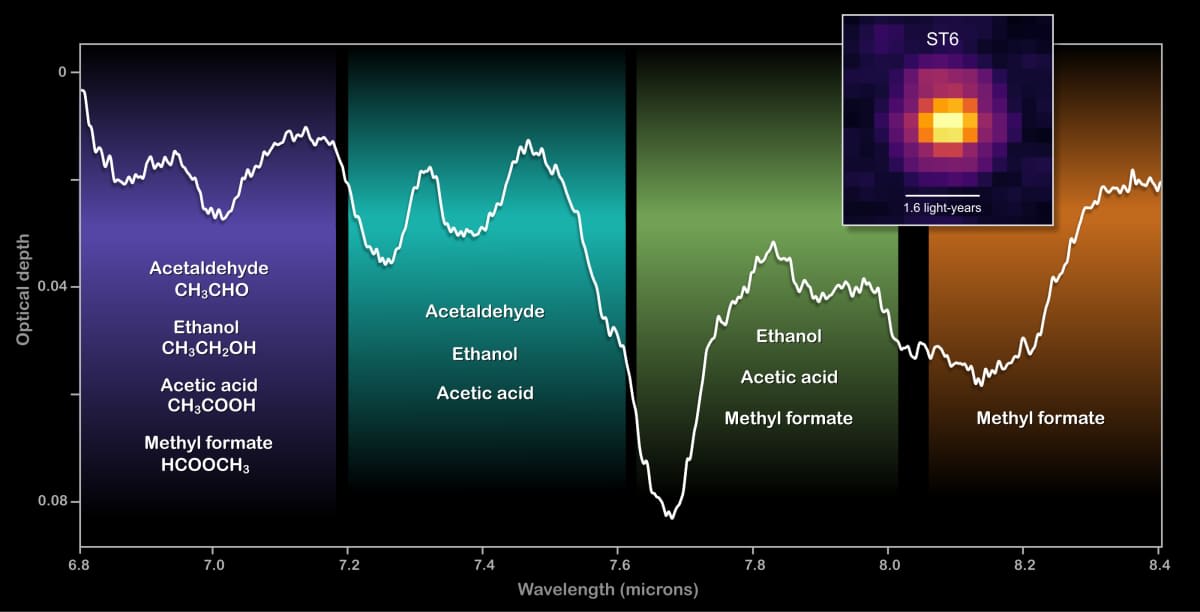
The team also came across spectral features akin to glycolaldehyde, a sugar-related molecule and precursor to components of RNA. That being said, confirmation of its detection requires further investigation. "Before Webb, methanol had been the only complex organic molecule conclusively detected in ice around protostars, even in our own galaxy," Sewilo explained. "The exceptional quality of our new observations helped us gather an immense amount of information from a single spectrum, more than we’ve ever had before."

What makes this discovery particularly significant is the harsh environment of the LMC. Located about 160,000 light-years away, this galaxy possesses a lower abundance of heavy elements (those possessing higher atomic numbers than helium) than the Milky Way and is subjected to more intense ultraviolet radiation. Sewilo emphasized that this environment acts as a natural laboratory, mimicking conditions prevalent in the early universe. “What we learn in the Large Magellanic Cloud, we can apply to understanding these more distant galaxies from when the universe was much younger," Sewilo stated. "The harsh conditions tell us more about how complex organic chemistry can occur in these primitive environments where much fewer heavy elements like carbon, nitrogen, and oxygen are available for chemical reactions.”

The detection of these COMs in ice strongly supports theories that chemical reactions on the surfaces of interstellar dust grains are the primary drivers of complex molecule production. Study co-author Will Rocha of Leiden University noted, “The detection of icy COMs in the Large Magellanic Cloud provides evidence that these reactions can produce them effectively in a much harsher environment than in the solar neighborhood.”
While the research stops short of proving the existence of life beyond Earth, it significantly bolsters the theory that these resilient organic species can endure the evolution of planetary systems, and could be assimilated to early planets where life could potentially flourish. Moving forward, Dr. Sewilo intends to broaden the investigation, targeting additional protostars in both the LMC and the nearby Small Magellanic Cloud (SMC).
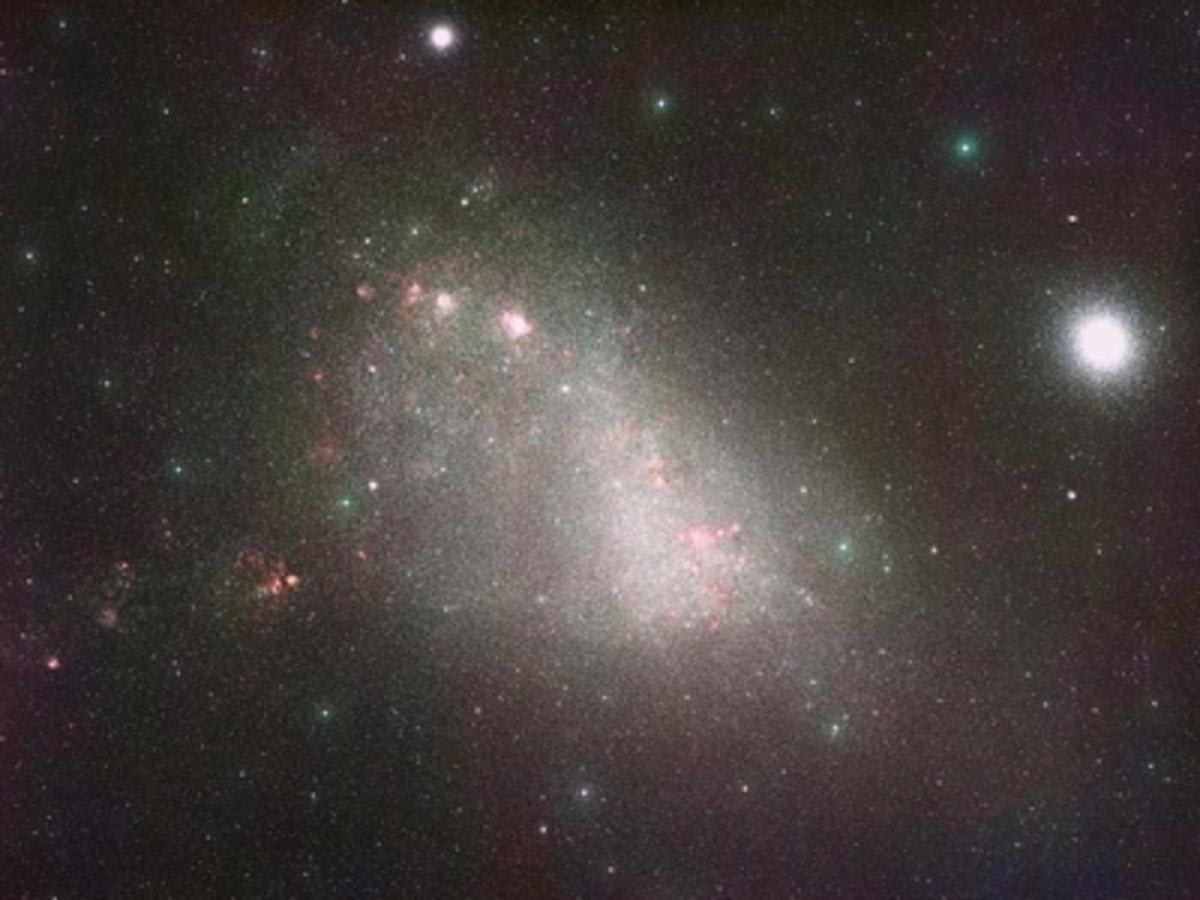
This expansion is necessary to establish a larger sample set, which will either confirm or refute initial findings suggesting discrepancies in the abundance of these COMs between the two galaxies. The team ultimately asserts that this breakthrough marks a significant leap in mapping the complex chemistry of the universe, offering profound new avenues for research into the ultimate question of life's origin.
